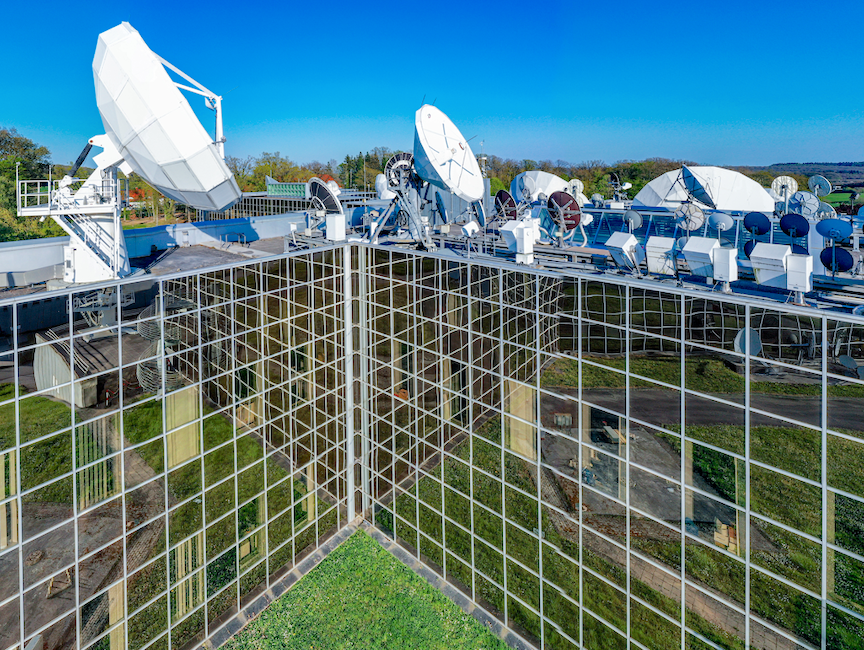
Both of these teams will explore the benefits of high-throughput satellite systems in the areas of next-generation networks, including quantum communications and cybersecurity.
SES and the University of Luxembourg’s Interdisciplinary Centre for Security, Reliability and Trust (SnT) announced the creation of a joint lab that will explore the benefits of high-throughput satellite systems in the areas of next-generation networks, including quantum communications and cybersecurity. The agreement will see both institutions jointly use facilities at their respective sites to expand and strengthen their long-term partnership by leveraging Luxembourg’s R&D and SES’s industry leadership positions to explore next-generation technology.
In addition to this joint initiative, SES and SnT are also collaborating to leverage early access to Luxembourg’s supercomputer MeluXina. Rated as one of the most powerful in the world, the petascale computer is powered by green energy and is renowned for its business orientation, serving a large variety of complex data-driven computational workloads, such as Artificial Intelligence and more. In the framework of the joint SnT-SES lab, the team will test algorithms for radio resource allocation for broadband satellite communications systems to maximize the system performance and to dynamically assign the resources based on user traffic demands.
The partnership will focus on studying the potential of next-generation high-throughput satellite systems and multi-orbit capabilities, such as SES’s Geostationary and Non-geostationary Medium Earth (MEO) orbit fleet.
Since 2010, SnT and SES have been collaborating on research in the domain of next-generation satellite technologies. The rewarding work in business-driven innovation projects has seen SES and SnT partnering on the Fonds National de la Recherche (FNR) funded projects in the BRIDGES and IPBG programs, among other initiatives. The entities have also collaborated on projects with the European Space Agency (ESA), EC’s H2020 and on national 5G testbed programs.
“The past 11 years has seen us achieve great success in our research activities with SES, spearheading new technologies with impact on standardization, satellite-terrestrial integration, 5G and more. We are delighted to expand the collaboration and broaden into new areas that will benefit information and communication technologies both in Luxembourg and beyond,” said Prof. Björn Ottersten, Director of SnT.
“This partnership extension comes at a very important time as we are putting in place next-generation space and ground systems to enable the growing connectivity demand in the high-performance networks,” said Ruy Pinto, Chief Technology Officer at SES. “Not only do the R&D activities with SnT benefit Luxembourg’s initiatives, this will also set the path for scaling them on a global level, leveraging SES’s multi-orbit capabilities and services delivered around the world.”
